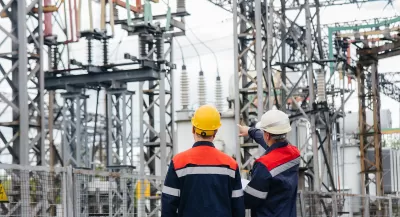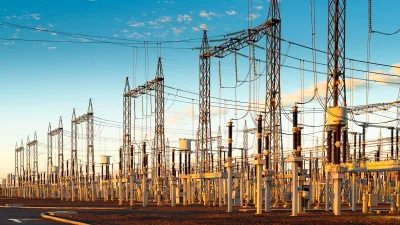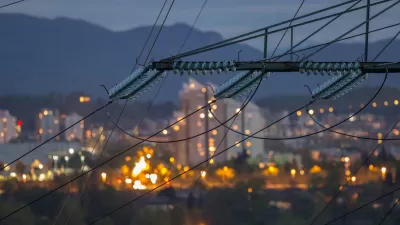The rapidly growing demand for electricity could lead to shortages and is already impacting where data centers are built.

The growing ubiquity of artificial intelligence poses a serious challenge to worldwide energy grids, writes Dan Lohrmann in GovTech.
Citing multiple news stories ranging in tone from alarm to boosterism, Lohrmann assesses the landscape and how experts perceive the future of AI versus energy conservation. An article in Barrons notes that “While AI’s surging demand may not lead to mass electrical outages, the AI boom is already changing how data centers are built and where they’re located, and it’s already sparking a reshaping of U.S. energy infrastructure.”
According to an article in New Scientist, “Over the next several years, many regions of the U.S. and Canada may struggle to ensure a reliable electricity supply amid soaring energy demand from the tech industry and electrification of buildings and vehicles.”
The North American Electric Reliability Corporation (NERC) agreed, projecting widespread electricity shortages during extreme weather conditions. According to research from the AI Now Institute, which studies the social impacts of AI, “At current growth rates, some new AI servers could soon gobble up more than 85 terawatt hours of electricity each year, researchers have estimated — more than some small nations’ annual energy consumption.”
FULL STORY: AI's Energy Appetite: Challenges for Our Future Electricity Supply

Study: Maui’s Plan to Convert Vacation Rentals to Long-Term Housing Could Cause Nearly $1 Billion Economic Loss
The plan would reduce visitor accommodation by 25,% resulting in 1,900 jobs lost.

North Texas Transit Leaders Tout Benefits of TOD for Growing Region
At a summit focused on transit-oriented development, policymakers discussed how North Texas’ expanded light rail system can serve as a tool for economic growth.

Using Old Oil and Gas Wells for Green Energy Storage
Penn State researchers have found that repurposing abandoned oil and gas wells for geothermal-assisted compressed-air energy storage can boost efficiency, reduce environmental risks, and support clean energy and job transitions.

Private Donations Propel Early Restoration of Palisades Playground
Los Angeles has secured over $1.3 million in private funding to restore the Pacific Palisades playground months ahead of schedule, creating a modern, accessible space that supports community healing after recent wildfires.

From Blight to Benefit: Early Results From California’s Equitable Cleanup Program
The Equitable Community Revitalization Grant (ECRG) program is reshaping brownfield redevelopment by prioritizing projects in low-income and environmental justice communities, emphasizing equity, transparency, and community benefits.

Planting Relief: Tackling Las Vegas Heat One Tree at a Time
Nevada Plants, a Las Vegas-based nonprofit, is combating the city’s extreme urban heat by giving away trees to residents in underserved neighborhoods, promoting shade, sustainability, and community health.
Urban Design for Planners 1: Software Tools
This six-course series explores essential urban design concepts using open source software and equips planners with the tools they need to participate fully in the urban design process.
Planning for Universal Design
Learn the tools for implementing Universal Design in planning regulations.
Ascent Environmental
Borough of Carlisle
Institute for Housing and Urban Development Studies (IHS)
City of Grandview
Harvard GSD Executive Education
Toledo-Lucas County Plan Commissions
Salt Lake City
NYU Wagner Graduate School of Public Service





























